Podcasting has taken center stage as one of the most powerful mediums for storytelling, education, and entertainment. But as competition grows, podcasters are seeking new ways to stand out—and live podcast streaming is quickly becoming the next big frontier.
Live Podcast gives you an interactive experience, engaging your audience in real time, answering questions, and making it possible to have a much more authentic connection which simply is not even possible with pre-recorded shows.
Whether you are a seasoned podcaster looking to take your content to the next level or just a beginner looking to make your mark, this is the guide to let you know everything involved in streaming a live podcast, from choosing the right live podcasting platform for streaming to creating compelling, live-friendly content.
What is a Live Podcast?
Live podcast is the method of broadcasting on the internet live, so it can immediately be heard live instead of waiting for a one perfectly recorded and edited copy. Unlike other podcasts, which, as generally accepted practice, tend to be produced, edited, and released according to an appointed schedule, live podcasts give users that raw, unfiltered experience. They offer interaction with the hosts, usually through live comments or questions, even as far as call-ins, making it more dynamic and interesting.
Live podcasts tend to evoke a certain liveliness, considering how real-time interaction is coupled up with a concert, interview, discussion, or Q&A. Podcasts recorded live tend to be saved after the live broadcast and become available for on-demand listening.
Why Must You Start Doing Live Podcasts?
Build a Stronger Community
Live podcast creates a sense of community because listeners can be included in conversations as they occur. That shared experience will make your audience feel like they are really on a journey with you. Their loyalty and trust increase as you place them at the center of the live show, whether as shoutouts, having their questions answered, or discussing their comments, which strengthens the community around your podcast.
Make Revenue
Live podcasting opens the possibility of a multi-income source. Many platforms also provide live content with options to monetize it such as donations, superchats, and exclusive membership subscriptions. You can also include real-time shoutouts of sponsorship. Brand partnerships for live giveaways and promotions also make a podcast a money-generating machine.
Real-Time Interaction with Your Audience
One of the biggest advantages of live podcasting is the instant engagement with the audience. You may ask them questions; they may share their views, or response to the conversation. This makes the podcasting fresh and interactive, transforming it from passive listening to two-way dialogues that boost engagement and satisfaction with the audience.
Collaborate with Other Creators
Live podcast is a great way to connect with other creators. Having guests or co-hosts join in on a live show gives your content its variety and allows you to tap into their audience as well. These collaborations will help grow the listener base, further expand your network, and add more excitement and action to the content.
Easy to Go Live
Thanks to the advances of technology, going live has become a walk in the park. Currently, there are a number of platforms and tools that can allow anyone to start live streaming his or her podcast with the least amount of technical know-how. Many of these services provide one-click operations that allow one to broadcast on multiple platforms at once. This ease reduces the barrier to entry-the simple yet effective means by which it’s able to extend podcast reach.
Types of Live Podcasts
Live podcasting offers such great flexibility in terms of the variety of formats a podcaster may use to hook his audience. Here are some of them:
1. Comedy Shows
Live comedy podcasts will suit any audience’s need to experience spontaneity and a dash of witty banter. Stand-up routines or the improv segments of funny conversations between the host or hosts and guests will constantly pop up on this platform. The live format is always more exciting where you see jokes and reactions firsthand, which only means unexpected and hilarious moments.
2. Storytelling Shows
Live storytelling podcasts have managed to seize the hearts of many because it presents live, real-time narratives, often into personal experiences and fiction or series of themed episodes. Being on a live platform gives this edge because the storyteller has direct interaction with listeners, who can sometimes bring dramatic pauses, real-time reactions, or even actual input in shaping the direction of the story.
3. Variety Shows
A variety show podcast is an episode with many elements – interviews, performances, games, and discussions. This format will keep listeners engaged by always changing up the segments, and the live aspect gives it that added something special since hosts and guests switch gears and react on the spot based on audience input. It’s like those old-school variety TV shows, but with live interactivity too through live streaming.
4. Panel Shows
Panel shows unite a number of experts, commentators, or influencers to discuss a particular topic or current events. These discussions can range from ‘high-brow’ debates to informal conversations, depending on the theme of the podcast. There are also live formats, which allow listeners to submit questions and weigh in on the discussion so that the show is more dynamic and interactive.
5. Q&A Sessions
Live Q&A sessions are popular for podcasters who want to engage with listeners on a deeper level. Listeners can submit their questions in real-time and listen as the guests or hosts answer, answering such questions right on the spot. Part of the time is devoted directly to the host and the audience, bringing them closer together while serving to present some level of value since specific concerns or curiosities of the listeners can be addressed.
6. Interviews
Interview-based live podcasts feature a different guest each episode with more in-depth conversations. The live format is very raw, and in many ways, this puts the host and the guest on an equal playing field-they have to think on their feet-but also the discussions become more real. Listeners can pose questions during the broadcast, so a standard interview is made more dynamic and participatory.
Start Your Live Podcast Platform Seamlessly With Muvi Live Now! How to start a live podcast?
Plan Your Podcast
It is good to plan before you go live. Therefore, first of all, determine where your podcast is going to be. What kind of topics are going to be included? Whom do you target? Do you have a tone or a style? Once you have the basic idea, there should be a well-defined episode structure, a planning content calendar, and key talking points for each episode. A good plan for the podcast will keep you organized and keep your listeners interested and on top of things.
Select The Type of Live Podcast
Determine the format that will best serve your content and your audience. Do you want a comedy show? A panel discussion? An interactive Q&A session? The format you decide on will affect how you present in your podcast and how you engage with your audience. Choosing the right type of live podcasting will set the atmosphere and expectations for your listeners and help it flow smoothly in your live stream.
Get Ready with the Script
While live podcasts are more spontaneous, it’s important to have an outline or script to keep the conversation focused. Create a loose script that includes your introduction, key points, discussion segments, and closing remarks. A script will help you avoid awkward pauses, stay on topic, and ensure that you hit all the necessary points during the live broadcast. Leave room for improvisation and audience interaction, but having a structure will keep the show professional and polished.
Set Up Your Live Podcasting Equipment
Good equipment is key to a successful live podcast. You’ll need:
- Microphone: A high-quality microphone ensures clear, professional audio.
- Camera: If you plan to stream video, invest in a good camera for high-definition visuals.
- Headphones: To monitor sound and avoid feedback.
- Lighting: Ensure proper lighting if you’re doing a video podcast.
- Stable Internet Connection: A strong connection is critical for live streaming to prevent glitches or interruptions.
Test your equipment beforehand to troubleshoot any technical issues and ensure a smooth broadcast.
Choose Your Software for Live Podcasting
To go live, you’ll need a reliable software platform to stream your podcast. Muvi Live is the best live podcasting platform for streaming. It offers easy-to-use features that allow you to stream high-quality audio and video with minimal setup. Muvi Live supports multi-platform streaming, so you can broadcast your live podcast to multiple platforms, or your own website simultaneously. Its user-friendly dashboard, real-time interactions, real-time analytics, and customizable features make it ideal for podcasters at any level.
Go Live
Once everything is in place, it’s time to go live! Announce your live stream in advance to build anticipation, and when it’s time, start your broadcast confidently. During the live podcast, engage with your audience—respond to their questions, acknowledge comments, and make the experience interactive. After the broadcast, review your performance, note any improvements needed, and save the recording for those who want to listen later.
Take Your Podcast Live with Muvi Live
Ready to elevate your podcast and engage with your audience in real time? With Muvi Live, starting a live podcast has never been easier. Whether you’re hosting interviews, Q&A sessions, or storytelling shows, Muvi Live provides all the tools you need to broadcast seamlessly across multiple platforms. Its intuitive interface, powerful features, and reliable streaming quality make it the perfect solution for podcasters looking to go live and build a more interactive, engaged community.
Don’t wait—start your live podcast today with Muvi Live and transform the way you connect with your audience! Start your free trial now!
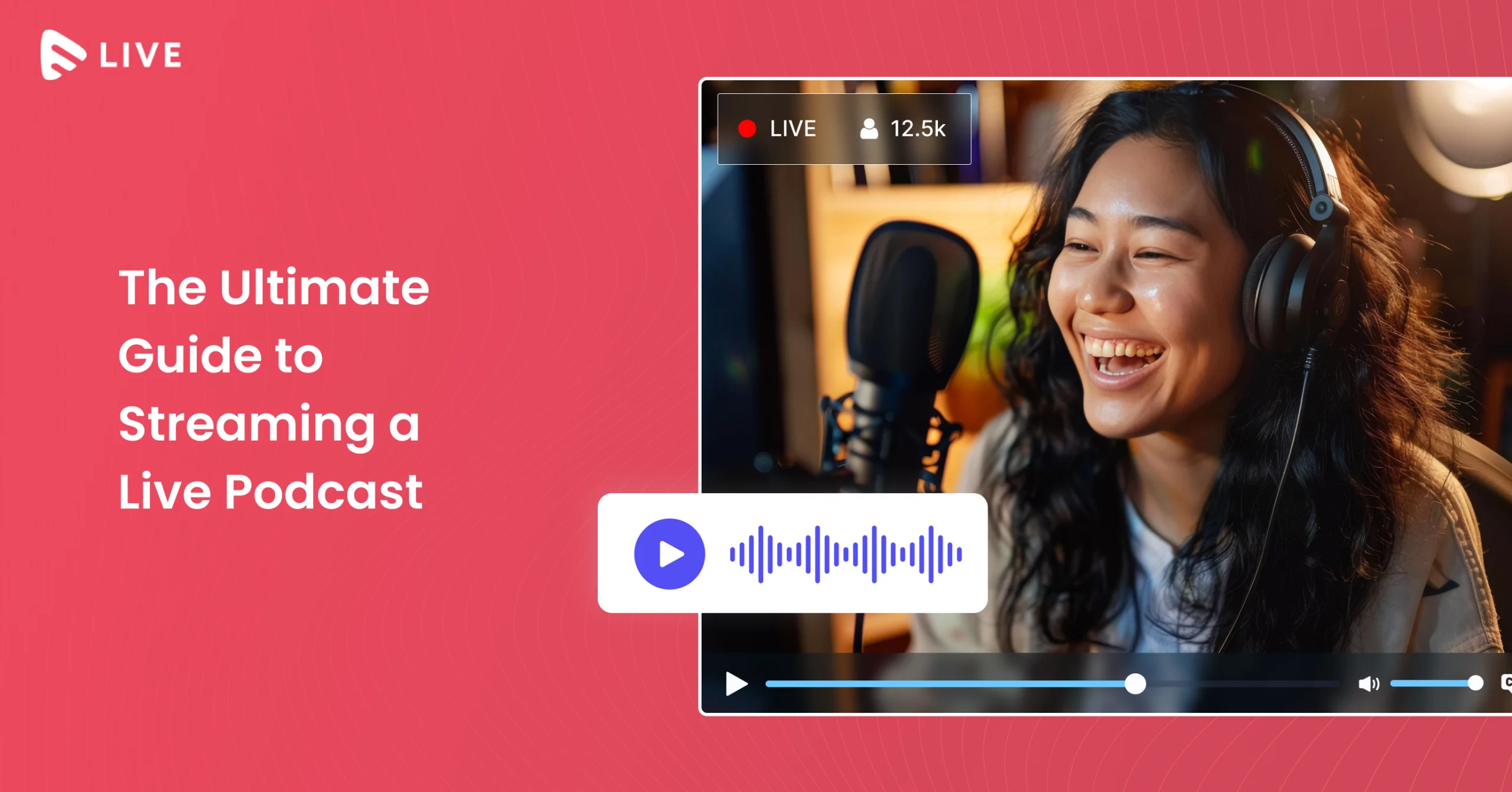


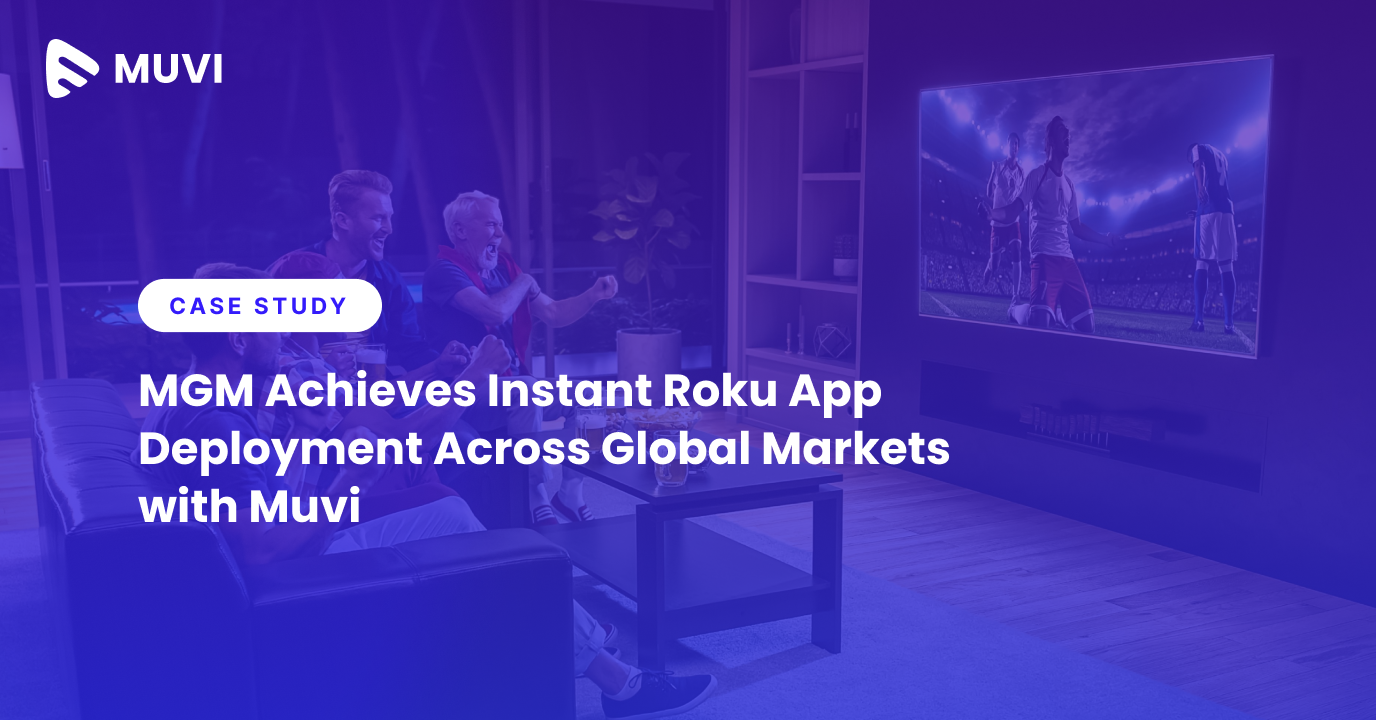
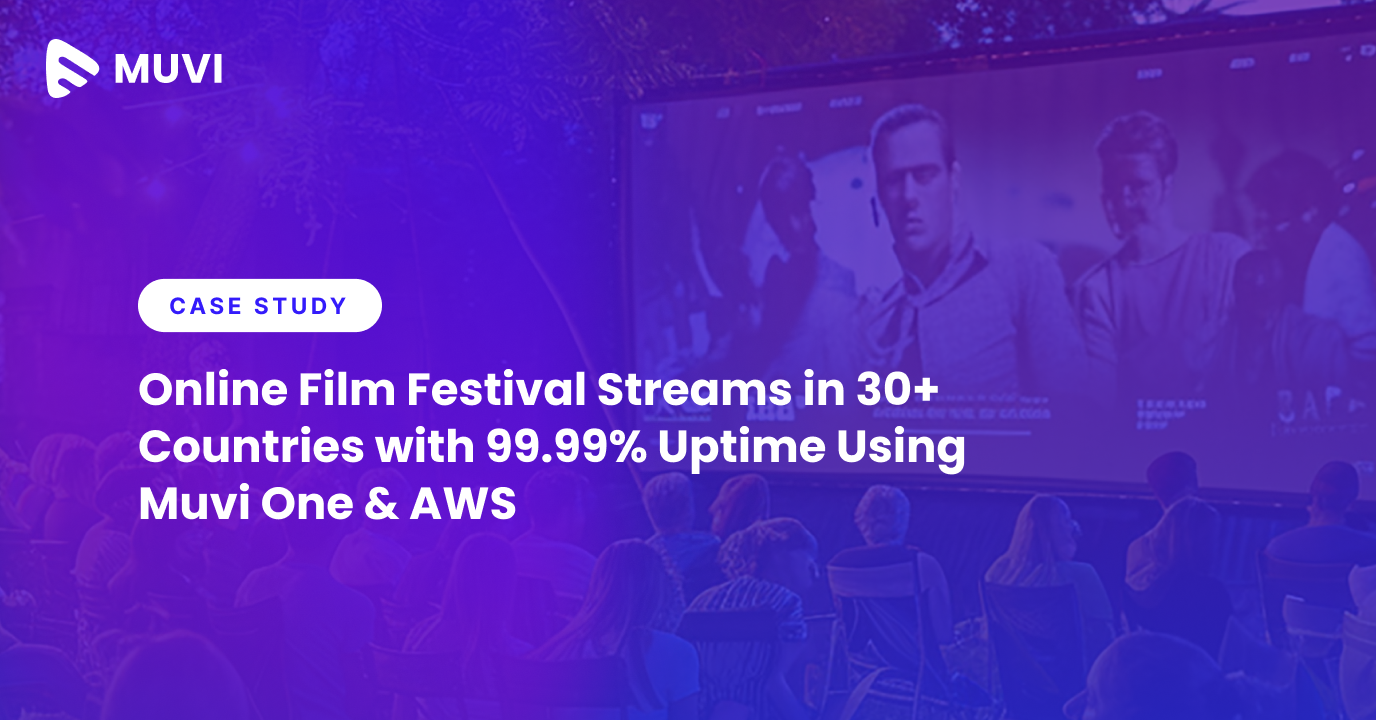




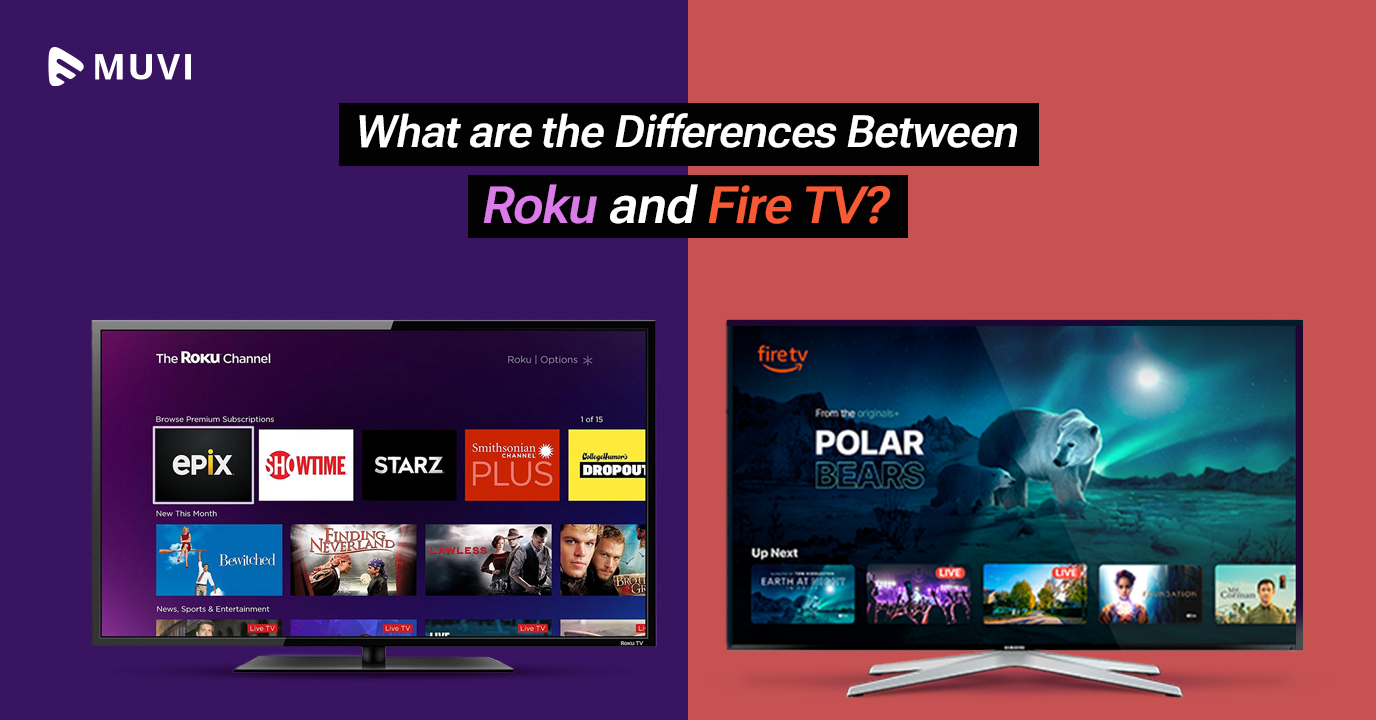
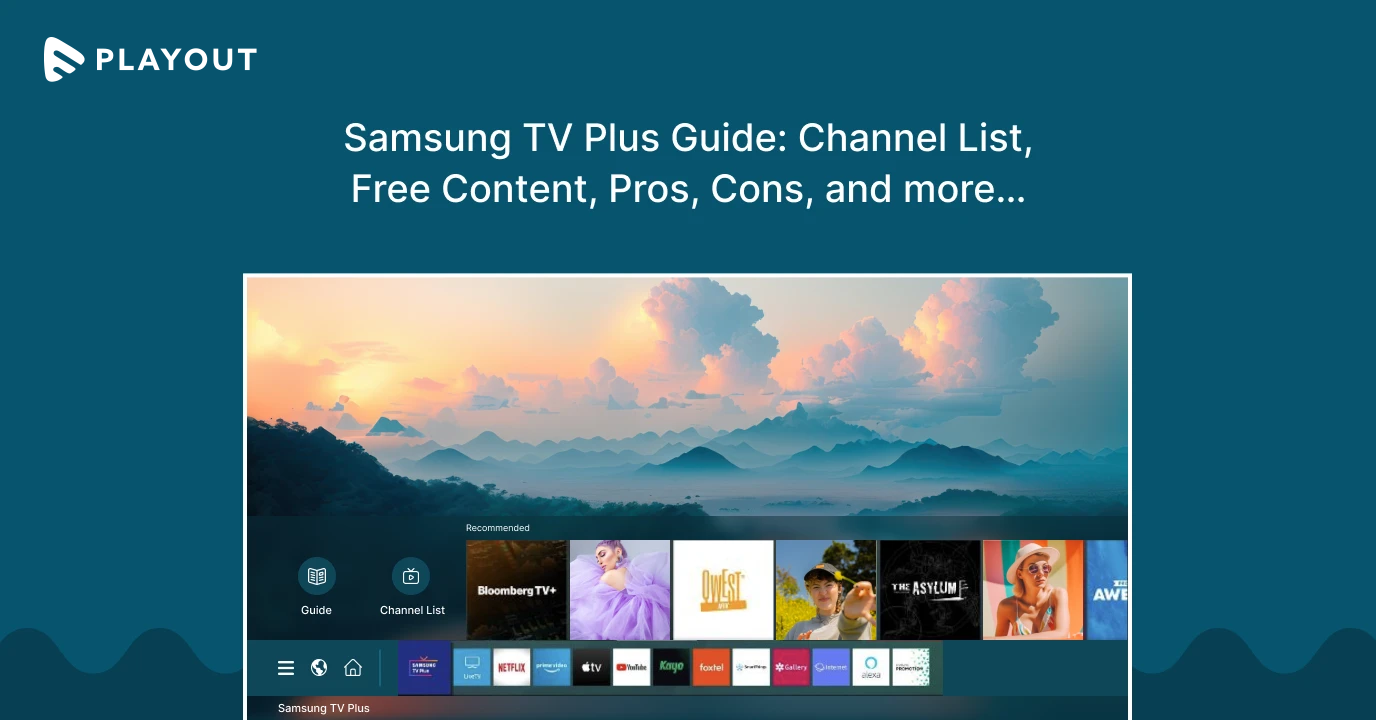
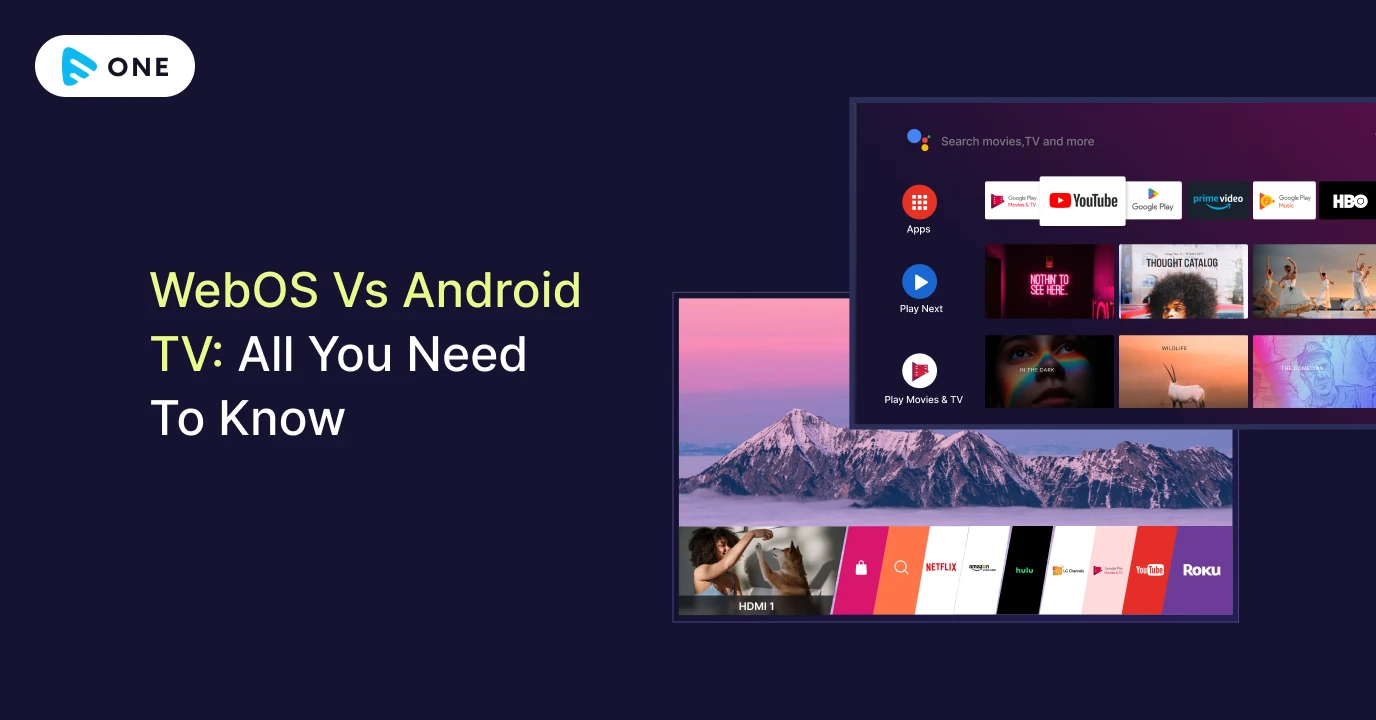



Add your comment